by Daniel Hathaway
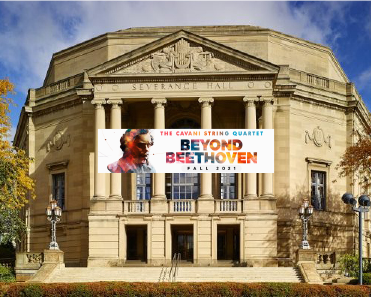
But unlike Shakespeare, no blood was spilled, nobody got poisoned, and no kings were deposed during a three-month program that brought all sixteen of Beethoven’s string quartets — performed in tandem with works by eight living composers — to audiences in as many concerts and different venues around the metropolitan area, and involved working with four high school orchestra programs. “If I had to find one word to describe it, it’s been a lovefest,” Fullard said.
Fullard, a founding member of the Cavani Quartet, played for a decade with its original members, then for 25 years with the second generation of players. Her third time around is also her second time presenting the complete Beethoven cycle, now with three new musicians (she calls it “Cavani 2.0”)
The project will culminate in a Grand Finale on Tuesday evening, December 14 at 7:30 pm in Mandel Hall at Severance Music Center, when the Cavani — Annie Fullard and Catherine Cosbey, violins, Eric Wong, viola, and Kyle Price, cello — play Beethoven’s Opus 59, No. 3, followed by two premieres.
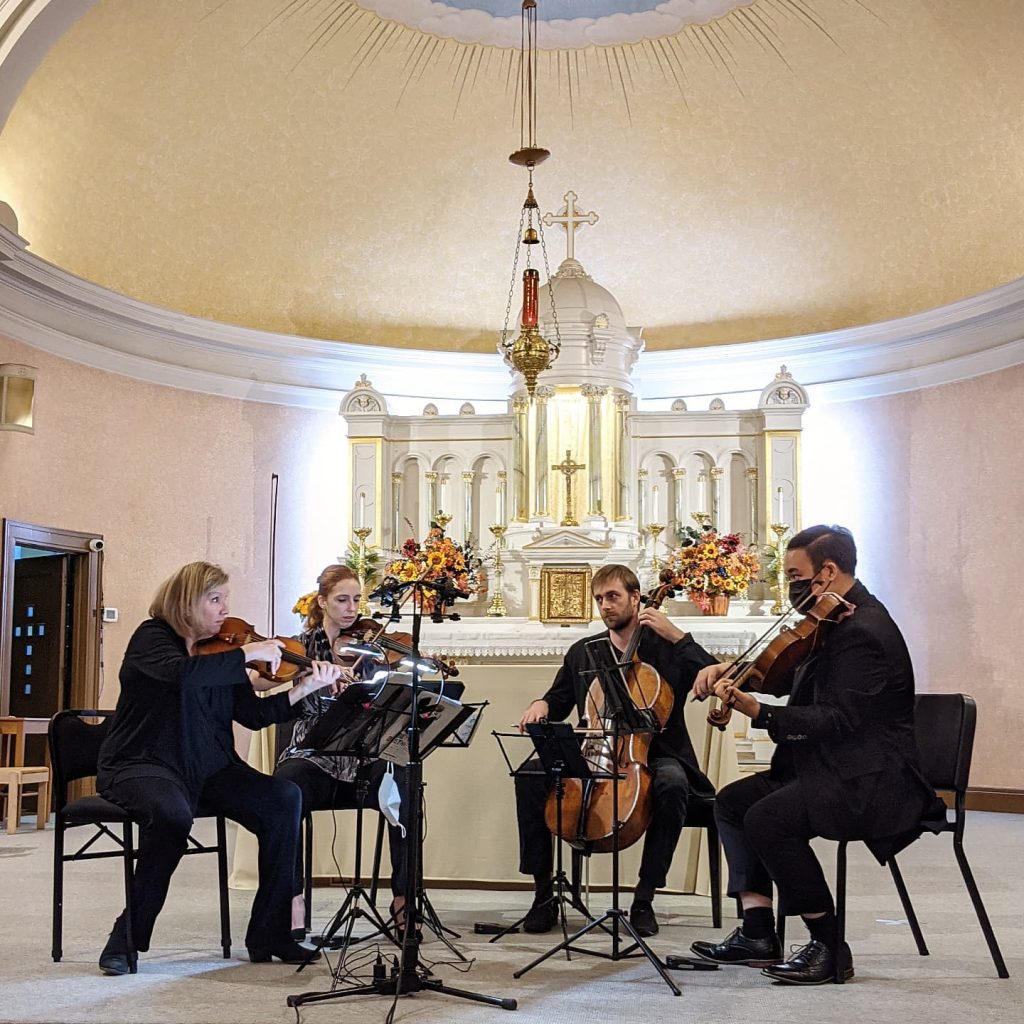
The Henderson work will be played by some 90 teachers and students from Cleveland State University, Cleveland Heights High School, Cleveland School of the Arts, Lakewood High School, Shaker Heights High School, and Strongsville High School, with whom the Cavani have been working since the beginning of the project.

Although such a complicated project calls for careful planning, there was also some serendipity involved in commissioning the new work. “We had to change composers when No. 1 withdrew,” Fullard said. “I panicked, but our cellist Kyle Price recommended Josh Henderson, who was happy to take it on and wrote the piece in a miraculously short time.”
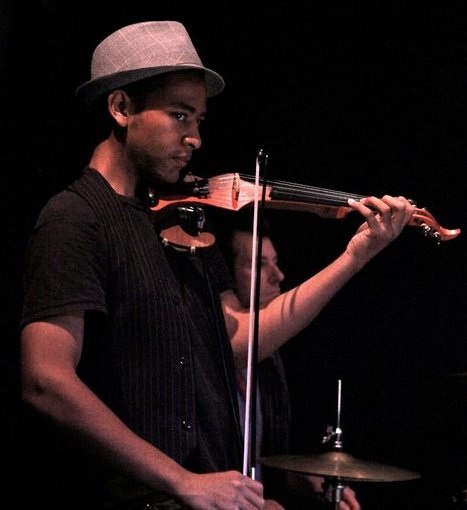
“Josh’s piece is very poetic, and structured like a concerto grosso between quartet and orchestra. It has elements of jazz and rock, and works beautifully in this program where Beethoven is the catalyst,” Fullard said. “He was optimistic about the universal goodness of humanity even while being grumpy to the people around him. His music has a feeling of loving redemption, sometimes silliness, and a sense of humor, always coming out on the bright side.”

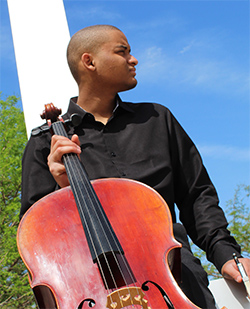
“We hope for a great audience at Severance,” Fullard said, “so the kids can feel the love.”
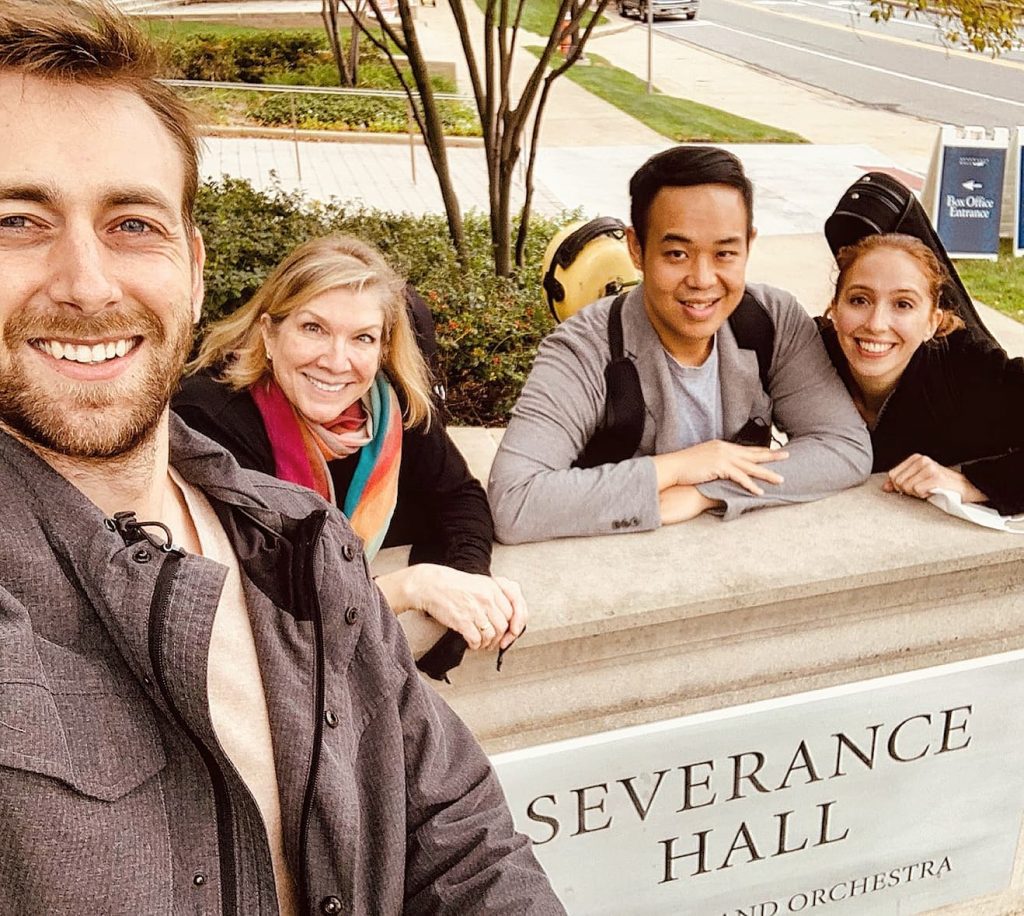
Published on ClevelandClassical.com December 13, 2021.
Click here for a printable copy of this article



